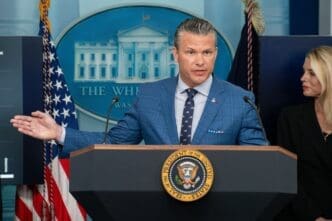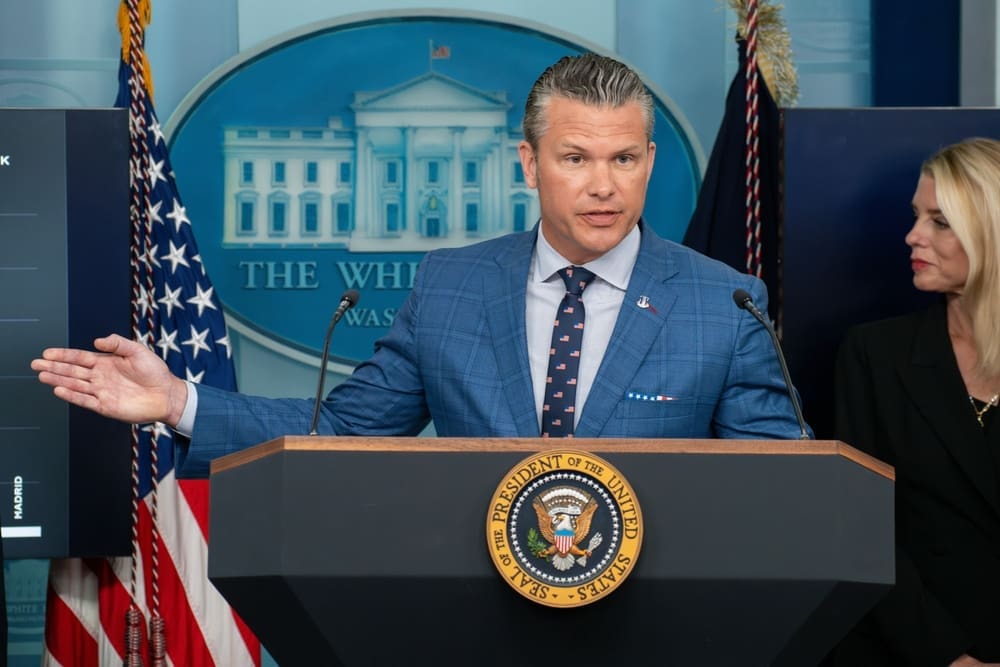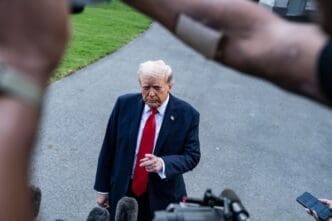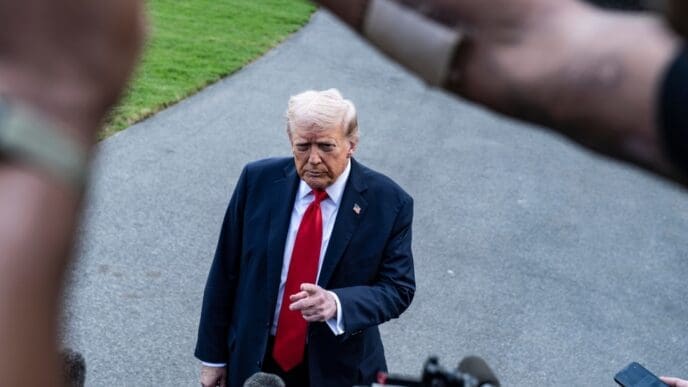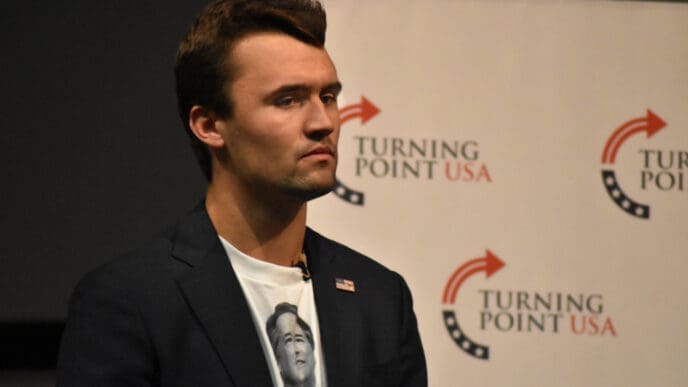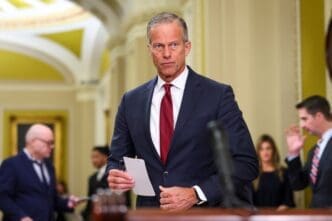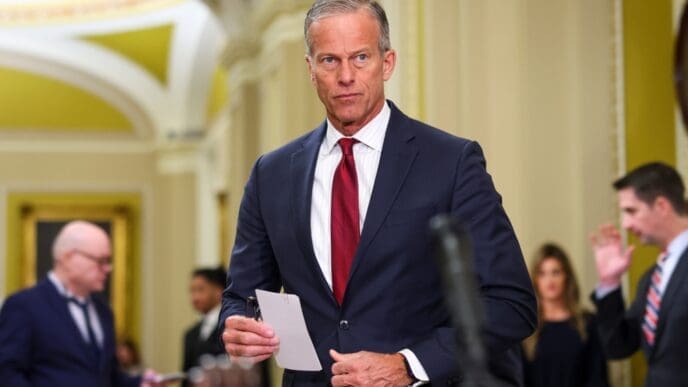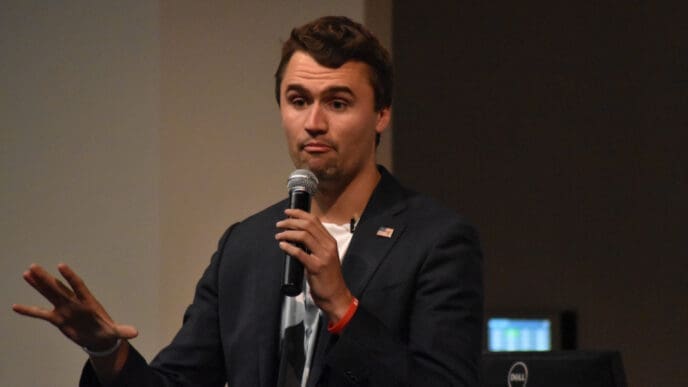Executive Summary
The Story So Far
Why This Matters
Who Thinks What?
Secretary of Defense Pete Hegseth’s tenure at the Pentagon has been marked by a focus on his public image, internal power struggles, and a series of high-profile personnel actions, according to a recent report. His leadership has reportedly led to significant tensions with subordinates, including Army Secretary Dan Driscoll, and a broader push to address “culture war” issues within the military, drawing scrutiny from various officials and within the Trump administration.
Early in his tenure, Secretary Hegseth reportedly clashed with Army Secretary Dan Driscoll, an Army veteran and associate of Vice President JD Vance. Driscoll’s attempts to arrange a visit for President Donald Trump and Vice President Vance to the Pentagon were perceived by Hegseth as insubordination, leading to a direct confrontation where Hegseth reportedly told Driscoll he had been circumvented.
This early friction is said to be emblematic of Hegseth’s broader focus on undermining individuals he perceives as threats to his standing with President Trump. Questions regarding Hegseth’s future in the role have surfaced, with Driscoll’s name reportedly emerging as a possible successor within White House discussions following what were described as “high-profile missteps” by the defense secretary.
Hegseth’s tactics have been described as ruthless, including the April firing of three senior Pentagon officials following leaks he believed made him look unfavorable. He publicly accused them of being leakers, though these accusations were reportedly never proven. He also allegedly threatened other senior officials, including then-acting Joint Chiefs Chairman Adm. Chris Grady, with polygraph tests and leak investigations.
External pressure has also targeted Driscoll, with right-wing activist Laura Loomer accusing him on X of being too close to “Trump haters.” The Army quickly removed a post involving Vindman following Loomer’s initial attack, which was reiterated by Loomer last month.
While the working relationship between Hegseth and Driscoll has reportedly improved since the initial days of the Trump administration, Hegseth’s unease about potential rivals is said to persist. In statements to CNN, both Hegseth and Driscoll denied any tension, with Driscoll expressing his honor to serve under Hegseth.
Personnel and Internal Climate
Since taking office, Secretary Hegseth has reportedly fired or pushed out at least 11 of the military’s most senior officers. He also ordered a 20% reduction in the number of four-star generals, accusing many of them of being “woke.”
Hegseth has reportedly grown increasingly insular, with his personal lawyer now situated directly outside his office. He also remains reportedly concerned about the forthcoming results of a Department of Defense Inspector General investigation into his use of the Signal app for discussing classified information.
Policy Priorities and Perceptions
Some officials reportedly view Hegseth’s priorities as misplaced, particularly given various global crises. For instance, the suggestion of renaming the Defense Department to the ‘Department of War’ was seen by one Pentagon official as not constituting substantive work. Allies of President Trump acknowledge Hegseth’s awareness of his own challenges in navigating Pentagon bureaucracy.
Despite internal criticisms, some of Hegseth’s initiatives have garnered praise. Officials and servicemembers have reportedly lauded a policy aimed at reducing bureaucracy and accelerating the production of thousands of low-cost drones. He has also established an interagency task force focused on developing and acquiring counter-drone technology.
Accountability and Oversight Concerns
Hegseth’s office has implemented a new policy requiring Pentagon officials to sign non-disclosure agreements, which has reportedly complicated internal communication. Congressional engagement with Hegseth is described as minimal, potentially limiting legislative oversight of the Pentagon.
This limited engagement was highlighted when lawmakers were reportedly not notified prior to a recent U.S. military strike on a boat. Defense officials subsequently declined to inform lawmakers who had assessed the legality of the strike.
Public Image and Internal Dynamics
Hegseth’s focus on his own public image is reportedly evident in the increased number of public relations staff he has hired. Military and civilian officials describe feeling a constant need to be cautious, with two military doctors reportedly targeted in online pressure campaigns in recent weeks.
The Army, in particular, has been a frequent target of Hegseth’s criticism. The reported tension between Hegseth and Secretary Driscoll is said to permeate down to their respective staffs, with much of the pressure centered on messaging and optics.
In summary, Secretary Hegseth’s leadership at the Pentagon has been characterized by a blend of internal power consolidation, a focus on “culture war” issues, and some operationally praised initiatives. These actions have reportedly created a challenging internal environment for some officials, raising questions about communication, accountability, and the broader direction of the Defense Department under his command.

